Khan Md. Hasib
DeepFakes: Detecting Forged and Synthetic Media Content Using Machine Learning
Sep 07, 2021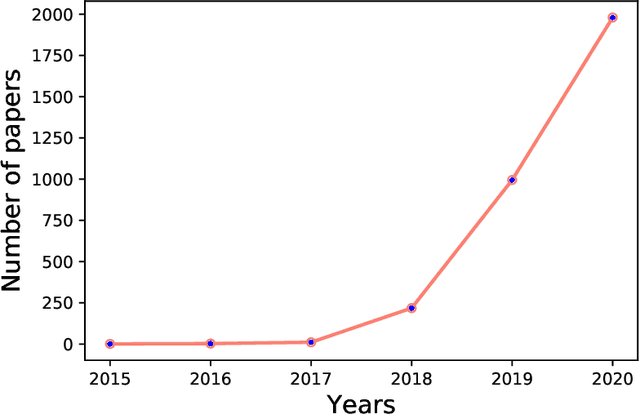
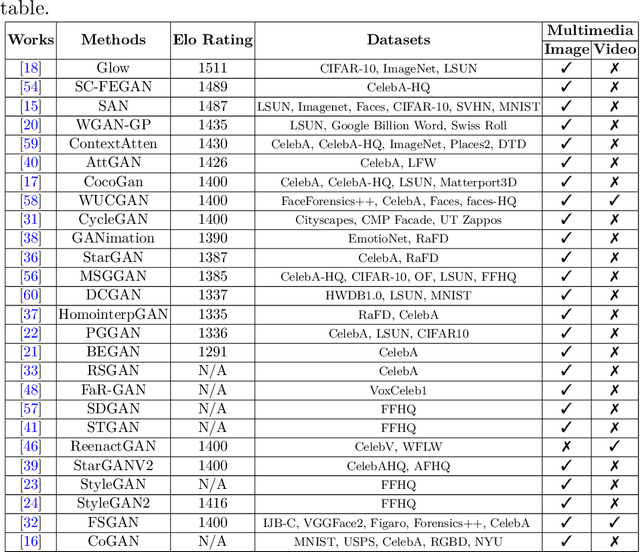
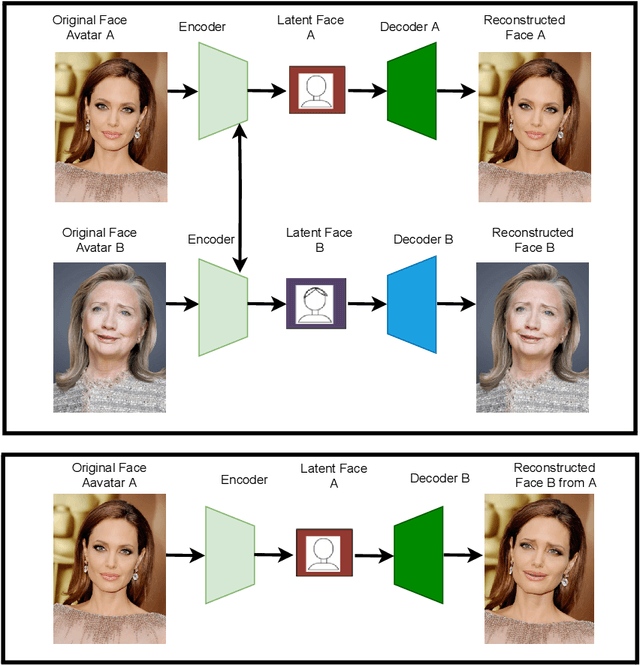
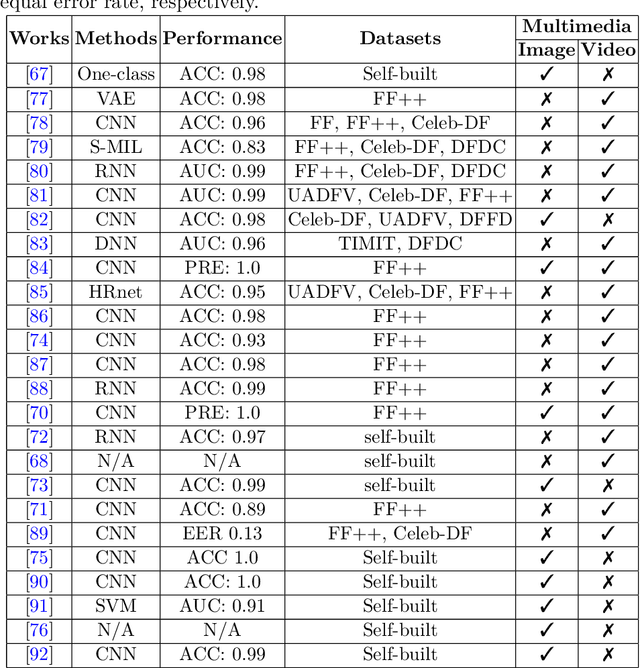
Abstract:The rapid advancement in deep learning makes the differentiation of authentic and manipulated facial images and video clips unprecedentedly harder. The underlying technology of manipulating facial appearances through deep generative approaches, enunciated as DeepFake that have emerged recently by promoting a vast number of malicious face manipulation applications. Subsequently, the need of other sort of techniques that can assess the integrity of digital visual content is indisputable to reduce the impact of the creations of DeepFake. A large body of research that are performed on DeepFake creation and detection create a scope of pushing each other beyond the current status. This study presents challenges, research trends, and directions related to DeepFake creation and detection techniques by reviewing the notable research in the DeepFake domain to facilitate the development of more robust approaches that could deal with the more advance DeepFake in the future.
A Comparative Study of AHP and Fuzzy AHP Method for Inconsistent Data
Dec 23, 2020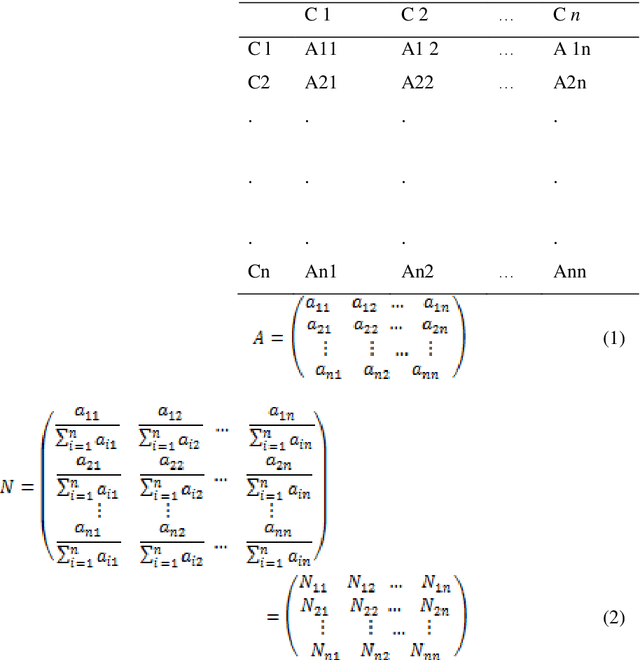
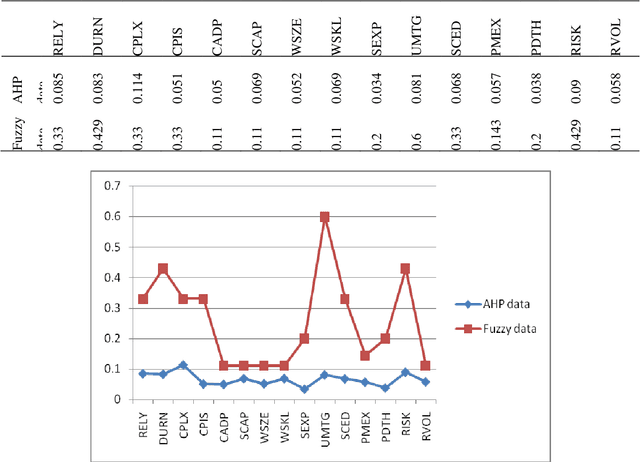
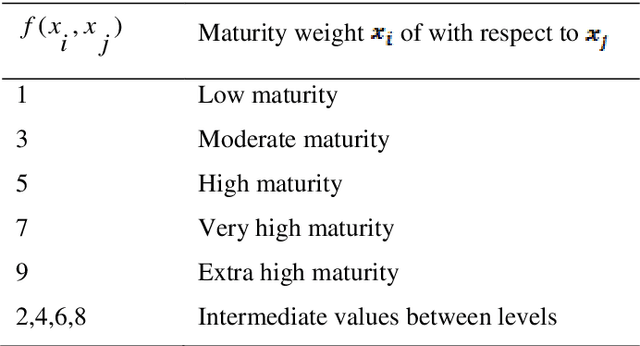
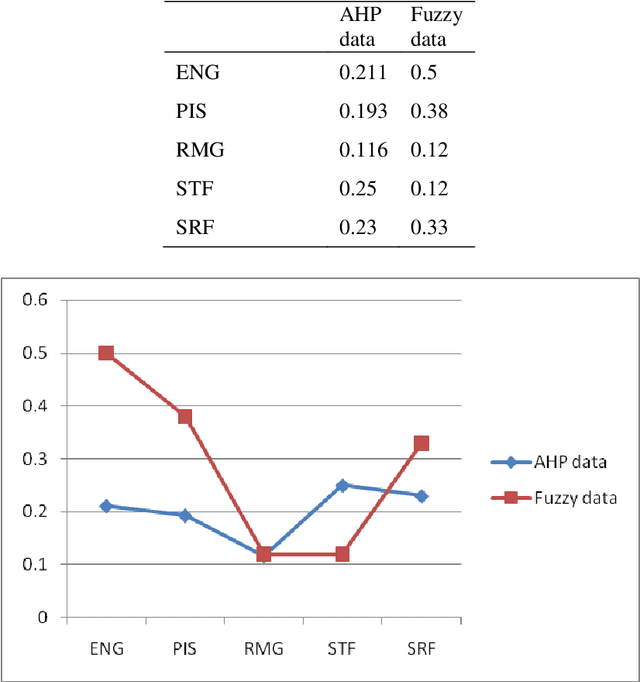
Abstract:In various cases of decision analysis we use two popular methods: Analytical Hierarchical Process (AHP) and Fuzzy based AHP or Fuzzy AHP. Both the methods deal with stochastic data and can determine decision result through Multi Criteria Decision Making (MCDM) process. Obviously resulting values of the two methods are not same though same set of data is fed into them. In this research work, we have tried to observe similarities and dissimilarities between two methods outputs. Almost same trend or fluctuations in outputs have been seen for both methods for same set of input data which are not consistent. Both method outputs ups and down fluctuations are same for fifty percent cases.
* 22 Pages, 9 Figures
A Survey of Methods for Managing the Classification and Solution of Data Imbalance Problem
Dec 22, 2020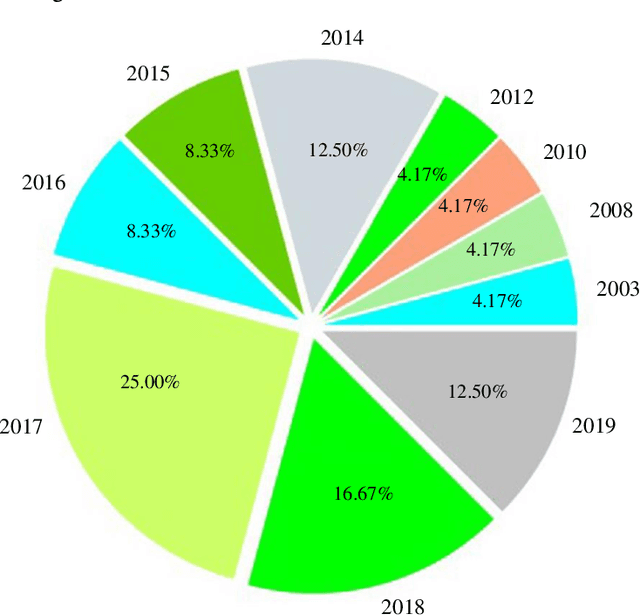

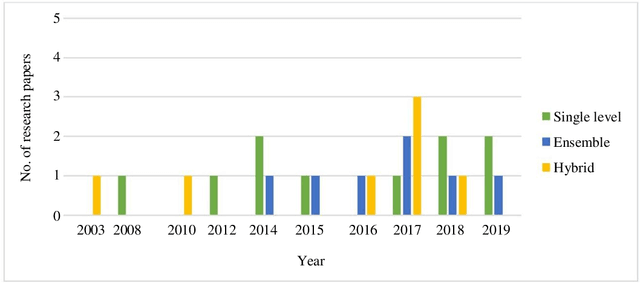
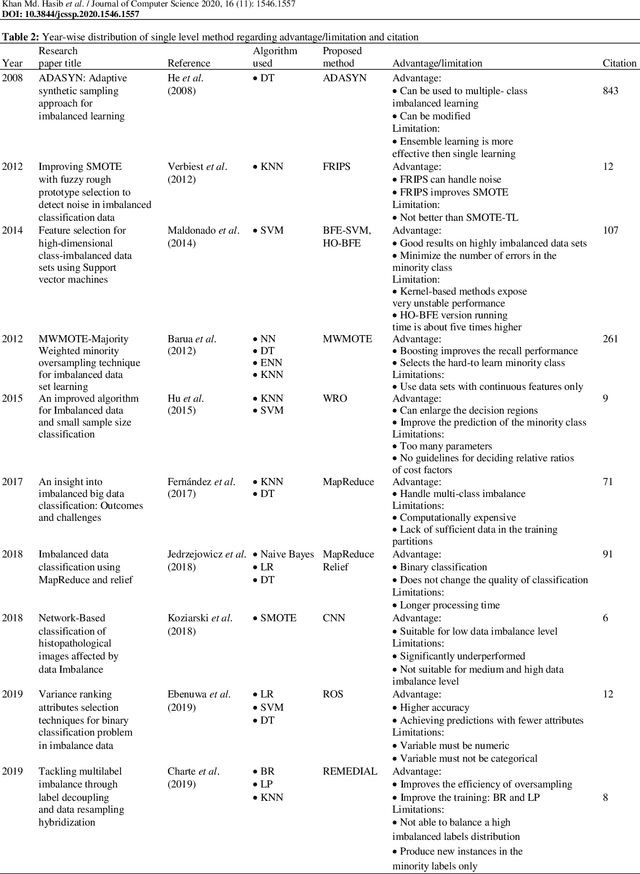
Abstract:The problem of class imbalance is extensive for focusing on numerous applications in the real world. In such a situation, nearly all of the examples are labeled as one class called majority class, while far fewer examples are labeled as the other class usually, the more important class is called minority. Over the last few years, several types of research have been carried out on the issue of class imbalance, including data sampling, cost-sensitive analysis, Genetic Programming based models, bagging, boosting, etc. Nevertheless, in this survey paper, we enlisted the 24 related studies in the years 2003, 2008, 2010, 2012 and 2014 to 2019, focusing on the architecture of single, hybrid, and ensemble method design to understand the current status of improving classification output in machine learning techniques to fix problems with class imbalances. This survey paper also includes a statistical analysis of the classification algorithms under various methods and several other experimental conditions, as well as datasets used in different research papers.
* 12 Pages, 2 Figures
 Add to Chrome
Add to Chrome Add to Firefox
Add to Firefox Add to Edge
Add to Edge